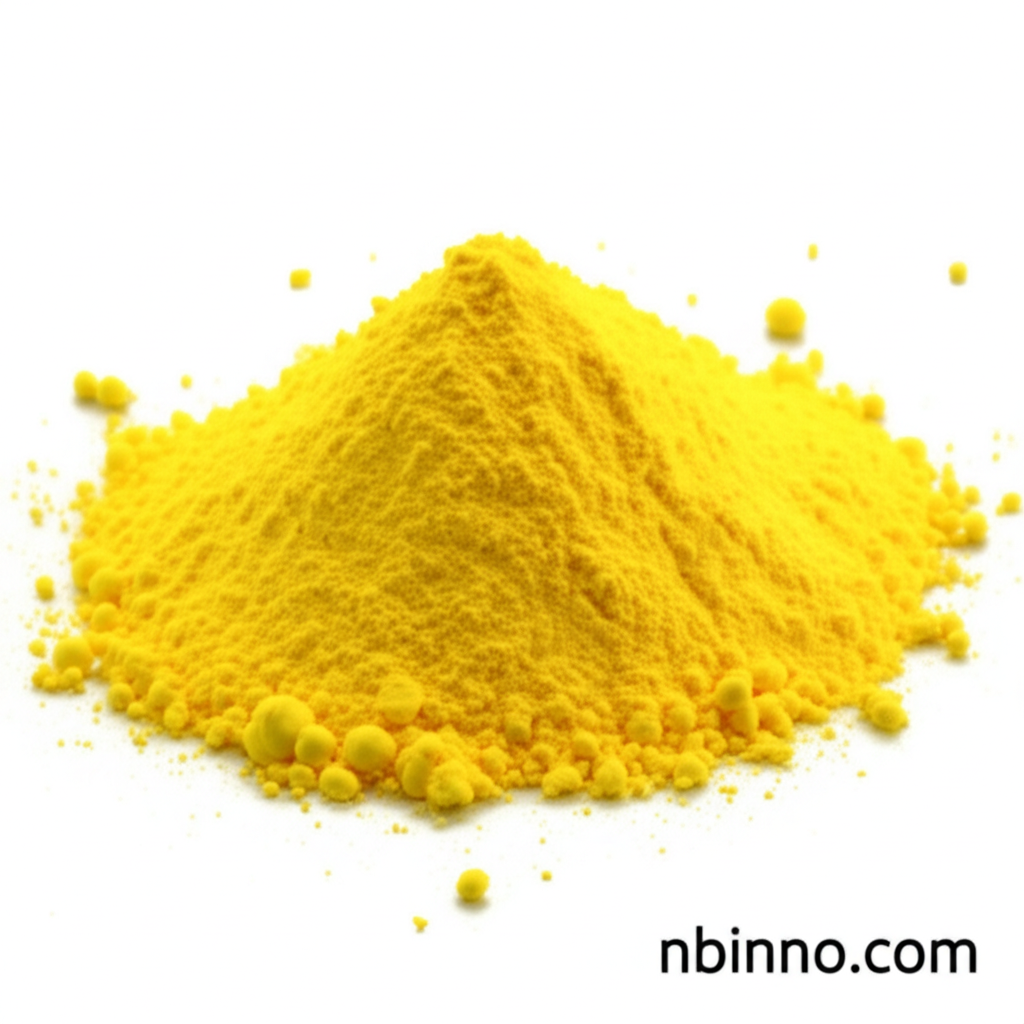Azodicarbonamide (ADC): A Versatile Blowing Agent for Foamed Plastics and Rubber
Discover the applications and benefits of Azodicarbonamide, a key organic chemical blowing agent in modern manufacturing.
Get a Quote & SampleProduct Core Value

Azodicarbonamide Blowing Agent
Azodicarbonamide (ADC) is a highly versatile and cost-effective organic chemical blowing agent essential for the production of foamed plastics and rubber. Its ability to decompose and release gases under controlled heating allows for the creation of cellular structures in polymers, leading to lightweight, insulating, and cushioning materials widely used across industries.
- Azodicarbonamide blowing agent applications: ADC is extensively used in the manufacturing of foamed products such as yoga mats, shoe soles, insulation materials, and automotive components due to its efficient gas release properties.
- ADC chemical foaming agent: As a primary chemical foaming agent, it generates nitrogen gas upon thermal decomposition, facilitating polymer expansion and reducing material density.
- Uses of azodicarbonamide in plastics: In plastics, ADC contributes to improved thermal insulation, shock absorption, and ornamental finishes in products like PVC foam sheets and EVA foam boards.
- ADC blowing agent for rubber: Its application in the rubber industry helps create resilient and lightweight rubber products with enhanced cushioning and soundproofing qualities.
Advantages Offered by the Product
High Gas Yield and Efficiency
Azodicarbonamide provides a high gas yield (typically 220-245 mL/g), ensuring efficient foaming and significant density reduction in plastic and rubber products, aligning with the principles of uses of azodicarbonamide in plastics.
Versatile Application Range
With adjustable decomposition temperatures, often through modification or activators, ADC can be tailored for a broad spectrum of polymers and processing conditions, making it a flexible solution for various ADC blowing agent for rubber applications.
Cost-Effectiveness
Among industrial blowing agents, ADC stands out as the most economical option, offering excellent performance without significant cost overhead, supporting the goal of finding economical ADC chemical foaming agent solutions.
Key Applications
Foamed Plastics Manufacturing
ADC is crucial for producing lightweight and insulating foamed plastics used in construction, automotive interiors, and consumer goods, demonstrating its role in Azodicarbonamide blowing agent applications.
Rubber Foaming
It is widely employed in the rubber industry to create foamed rubber products for footwear, sporting goods, and seals, showcasing its utility as an ADC blowing agent for rubber.
Dough Conditioning (Food Industry)
Historically used as a dough conditioner in baking, though its use is now regulated and debated due to health concerns, illustrating the context of azodicarbonamide food additive regulation.
Chemical Synthesis
ADC also serves as an intermediate in the synthesis of other valuable chemicals, highlighting its broader role beyond foaming applications.
